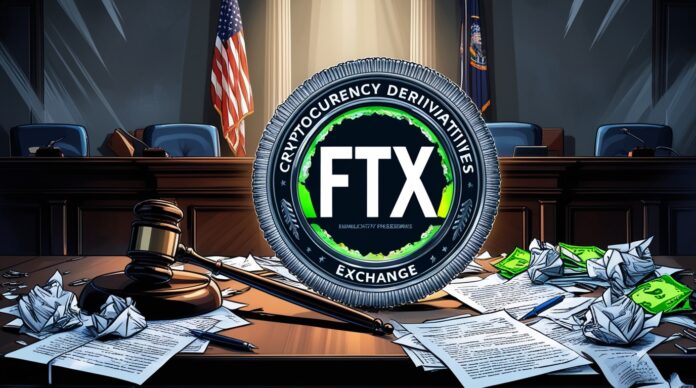FTX’s bankruptcy saga has taken an unexpected twist, as a Delaware judge has approved a plan that not only aims to refund most creditors but also promises a little extra. This decision is a significant milestone for the beleaguered customers of the crypto exchange, who can now look forward to recouping their 2022 losses, and perhaps even more. The court’s endorsement of FTX’s second amended bankruptcy plan, initially filed in September, was met with overwhelming support. A staggering 96% of voting creditors by headcount and 98% by amount gave their approval. Under this plan, customers are set to receive cash repayments averaging 118% of their holdings’ value at the time of FTX’s bankruptcy filing in November 2022. Some might even see returns as high as 140%, although these funds won’t quite match the gains in Bitcoin and other cryptocurrencies over FTX’s bankruptcy period.
During a nearly six-hour hearing, Judge John T. Dorsey of the U.S. Bankruptcy Court in Delaware addressed various objections from creditors. Companies like Celsius and Layer Zero, along with individual creditors, voiced concerns over cash repayments instead of cryptocurrency, the valuation of FTT tokens, and property rights as outlined in FTX’s terms of service. Despite these objections, Dorsey dismissed them all. Interestingly, even though discussions highlighted the FTT token’s lack of value, its price surged by 55% following the approval of FTX’s bankruptcy plan. Brian Glueckstein, representing the FTX estate, insisted that FTT tokens held by creditors had no value and that FTT had no utility beyond an operational FTX.com exchange, which will not be resurrected.
Objections regarding property rights, such as creditors receiving in-kind holdings instead of cash, were also overruled. Expert witnesses testified that returning crypto in-kind was impossible since the estate lacked these assets. The exchange’s ability to repay customers has been made possible by liquidating certain investments, including an 8% stake in AI startup Anthropic, sold for $884 million. The rise in crypto prices and clawback efforts have also contributed to this capability. When John J. Ray III took over as FTX’s CEO, he found the exchange nearly empty, holding only a fraction of the crypto it owed to customers. For instance, only 105 Bitcoin remained, compared to the nearly 100,000 deposited by customers. Acquiring the exact amount of cryptocurrency owed to creditors at current market valuations proved to be an impossible task.
While in-kind crypto distributions aren’t feasible, FTX’s legal team is exploring the possibility of a stablecoin distribution for creditors. They’re in discussions with at least four companies capable of handling such a distribution. However, the U.S. Securities and Exchange Commission has raised objections to this aspect of the repayment plan. This bankruptcy plan offers a glimmer of hope for FTX’s creditors, promising them more than they initially anticipated. As the crypto landscape continues to evolve, this case serves as a reminder of the industry’s unpredictability and the potential for unexpected outcomes.















